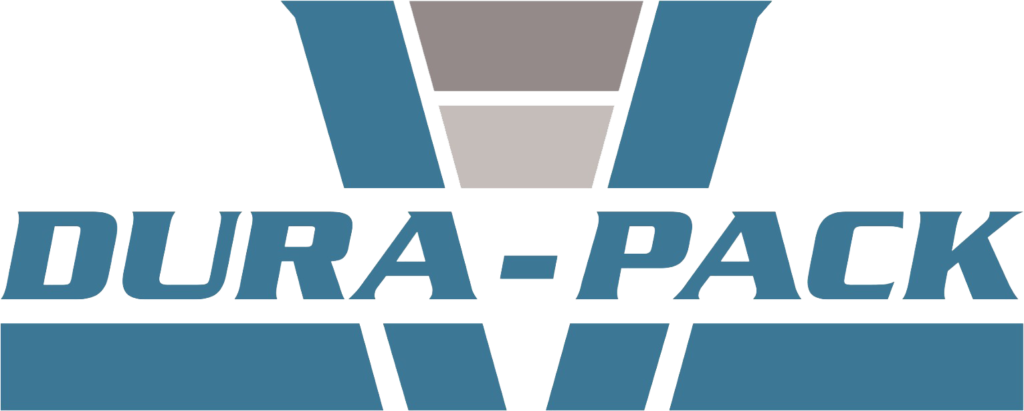Coffee Packaging Requirements in the U.S.
If you sell coffee, your packaging must follow specific rules. These aren’t just for big companies. Small roasters and online shops must follow them too.
These rules help protect buyers and keep labels honest. At the same time, smart packaging choices can help your coffee stay fresh and build customer trust.
This guide breaks down what’s required by law—and what’s just smart to include.
What the Law Requires on Coffee Labels
The U.S. Food and Drug Administration (FDA) sets labeling rules for coffee. These rules apply whether you sell in stores or online. Here’s what your label must include:
- Net weight: This is the amount of coffee in the package, written in both ounces and grams (e.g., 12 oz / 340 g).
- Identity of the product: Simply state that it’s “coffee” or list the specific roast (like “Ground Dark Roast Coffee”).
- Manufacturer or distributor information: Include your company’s name and address. If you’re not the roaster, list who is.
These are the minimum labeling requirements. Without them, your product could be pulled from shelves or flagged online.
Best Practices: Freshness Dating and Storage Tips
While not legally required, it’s smart to include a “roasted on” or “best by” date. These tell buyers how fresh the coffee is.
Most buyers want to know how long the coffee will last. You can guide them by adding a line like: “Store in a cool, dry place” or “Best used within 30 days of opening.”
To learn more about bean care, visit our guide on how to store coffee beans correctly.
Safe Packaging Materials and Food Contact Rules
Coffee packaging must be made with food-safe materials. This includes inner linings that won’t leach chemicals into the beans. Look for materials approved by the FDA for direct food contact.
Also, make sure adhesives, inks, and reseal features are safe. Heat-sealed bags are common because they create a clean, tamper-evident seal.
If you plan to use compostable or eco-friendly materials, make sure they also meet food safety standards.
Special Packaging Needs for Flavored or Dark Roasts
Flavored coffees can release oils that affect packaging. These oils may weaken paper or thin liners over time. For flavored products, use multi-layer bags with strong inner barriers.
Dark roasts release more gas after roasting. If you don’t include a one-way degassing valve, pressure can build up inside the bag. This can shorten shelf life or even damage the seal.
To see how this impacts sales, read about how coffee packaging influences buying decisions.
Choosing Compliant Bags and the Right Equipment
To stay compliant and efficient, choose bags that support labeling and freshness. Your packaging must fit your roast type, product size, and shelf life goals.
For small roasters, hand-sealing may work. For medium to large operations, automated systems ensure consistency, speed, and accuracy.
We offer compliant coffee bagging equipment designed for businesses of all sizes. From basic machines to full automation, we can help you scale with confidence.
Explore Compliant Packaging and Support
The right packaging protects your coffee, meets legal requirements, and builds trust with customers. But finding the right bag can be confusing.
Let us help you choose packaging that fits your brand, your roast, and your market. From food-safe bags to labeling support, we’re here to guide you every step of the way.
Explore our equipment, or reach out for help with selecting the right coffee packaging.
